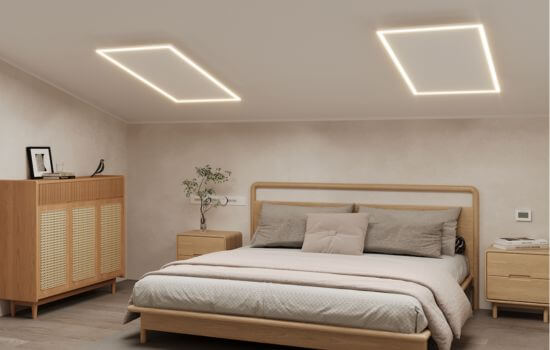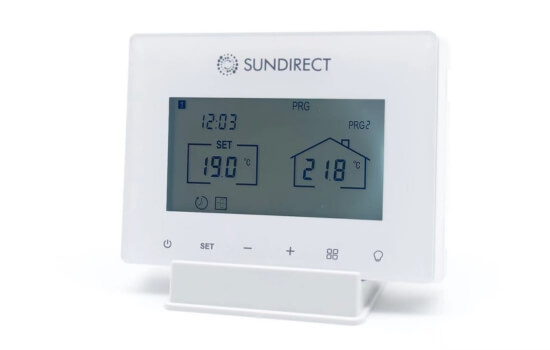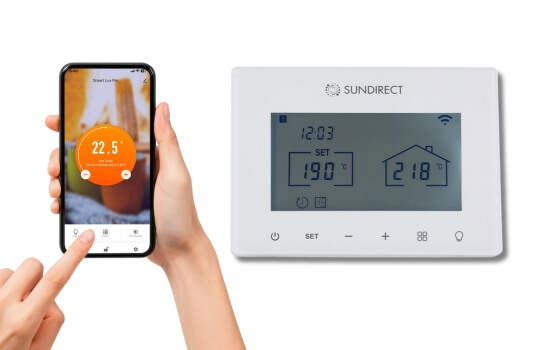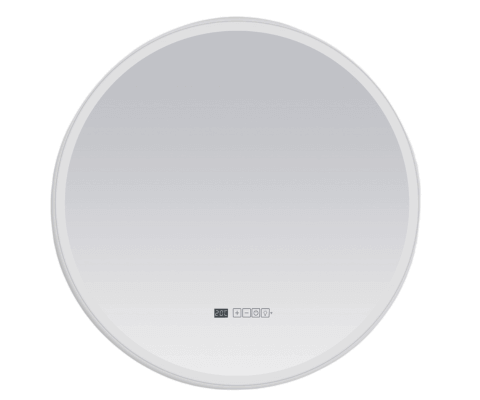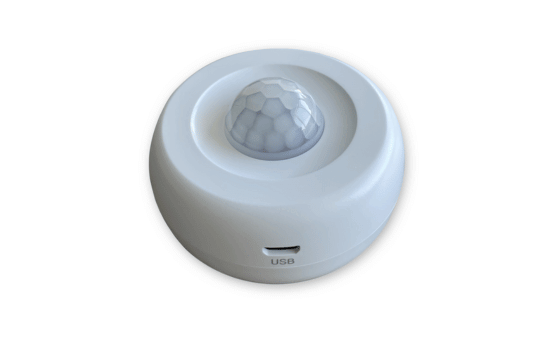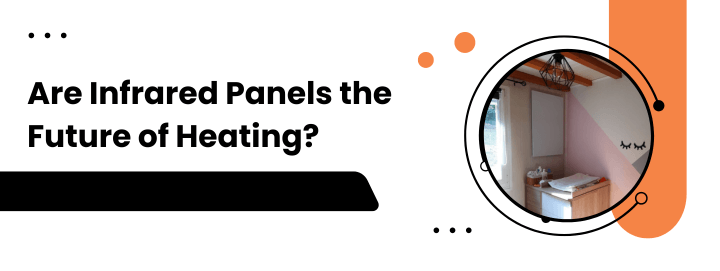Have you ever tried hot yoga? If yes, you know the challenge of maintaining the perfect room temperature. This practice requires a consistent heat level to allow flexibility, detoxification, and deeper stretches. Traditionally, hot yoga studios use conventional heating systems, but infrared heating panels are making waves as the go-to option. Why? They’re more efficient, comfortable, and beneficial for both yogis and studio owners. Let’s dive into why infrared heating panels are the future of hot yoga.
Benefits of Using Infrared Heating Panels in Hot Yoga
Enhanced Temperature Control
Infrared heating panels provide precise temperature regulation. Unlike traditional systems that fluctuate, infrared panels maintain a stable heat level. This creates the ideal environment for hot yoga, where consistency is key.
Energy Efficiency
Running a hot yoga studio can be energy-intensive, but infrared heating panels are designed to be eco-friendly. They consume less energy than traditional heaters, helping studio owners save on utility bills while being kind to the planet.
Comfort and Uniform Heat Distribution
Traditional heaters warm the air, often leading to uneven hot spots. Infrared panels, on the other hand, directly heat the body and objects in the room, providing a more uniform and comfortable experience for yogis.
Health Benefits from Infrared Heat
Infrared heat penetrates deeper into the skin, promoting better blood circulation and detoxification. Yogis can experience enhanced flexibility and recovery, making each session more rewarding.
How Infrared Heating Works in a Hot Yoga Studio
Understanding Infrared Technology
Infrared heating panels use electromagnetic waves to heat objects directly rather than warming the air. This creates a radiant warmth similar to sunlight, making it ideal for hot yoga sessions.
Key Features of Infrared Panels
Infrared panels are sleek, silent, and versatile. They can be wall-mounted or ceiling-installed, ensuring they blend seamlessly with any studio aesthetic.
Installation and Maintenance
Setting up infrared panels is straightforward. Most systems require minimal maintenance, saving studio owners time and money in the long run.
Why Infrared Heating is Better Than Traditional Heating for Hot Yoga
Comparison of Heat Types
Traditional heating systems warm the air, which can lead to stuffiness and uneven heat distribution. Infrared panels provide a radiant warmth that feels more natural and effective for yoga.
Cost Effectiveness
While the upfront cost of infrared panels might be higher, their long-term energy savings and low maintenance make them a more economical choice.
Environmental Impact
Infrared panels are environmentally friendly. They use less energy and don’t rely on forced air systems, which often emit carbon into the environment.
Setting Up Your Hot Yoga Studio with Infrared Panels
Choosing the Right Panels
Selecting the appropriate infrared panels depends on your studio size, layout, and budget. Consulting with a professional can help you make the best choice.
Positioning and Placement Tips
Position the panels for optimal heat coverage. Ceiling mounting is often the best option to ensure even heat distribution across the studio.
Safety Considerations
Infrared panels are generally safe, but always follow the manufacturer’s guidelines for installation and use. Ensure the panels are out of direct reach and maintain a safe distance from moisture.
Frequently Asked Questions About Infrared Panels in Hot Yoga
Do Infrared Panels Affect Yoga Performance?
No, they enhance performance by providing consistent heat, improving flexibility, and reducing injury risks.
Are They Safe for Prolonged Use?
Yes, infrared panels are safe when used correctly. They emit a gentle heat that is non-invasive and relaxing.
What Are the Long-Term Benefits for Studio Owners?
Reduced energy bills, lower maintenance costs, and a better overall yoga experience make infrared panels a valuable investment.
How Long Do Infrared Panels Last?
High-quality infrared panels can last over 10 years with proper care and maintenance.
Can Infrared Heating Be Used in Other Activities?
Absolutely! Infrared heating is versatile and can be used in saunas, spas, and other wellness activities.
Conclusion
Infrared heating panels are revolutionizing hot yoga studios. They’re efficient, eco-friendly, and offer numerous health benefits. If you’re running a yoga studio or simply want to create the perfect environment for your practice, infrared panels are worth considering. Embrace this innovative technology and elevate your hot yoga experience!

